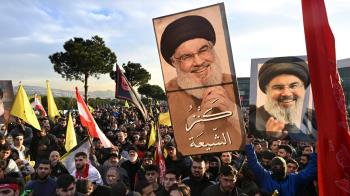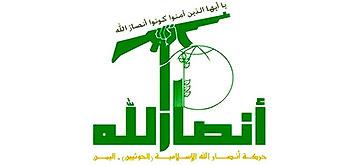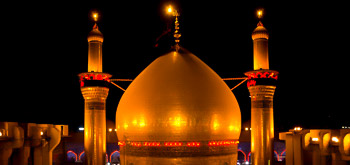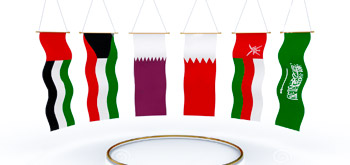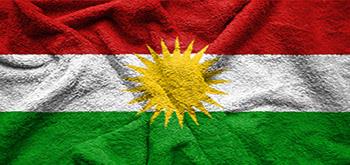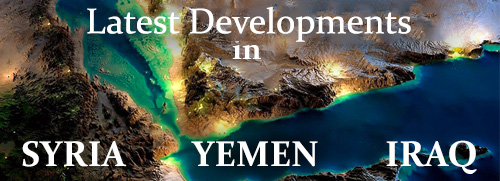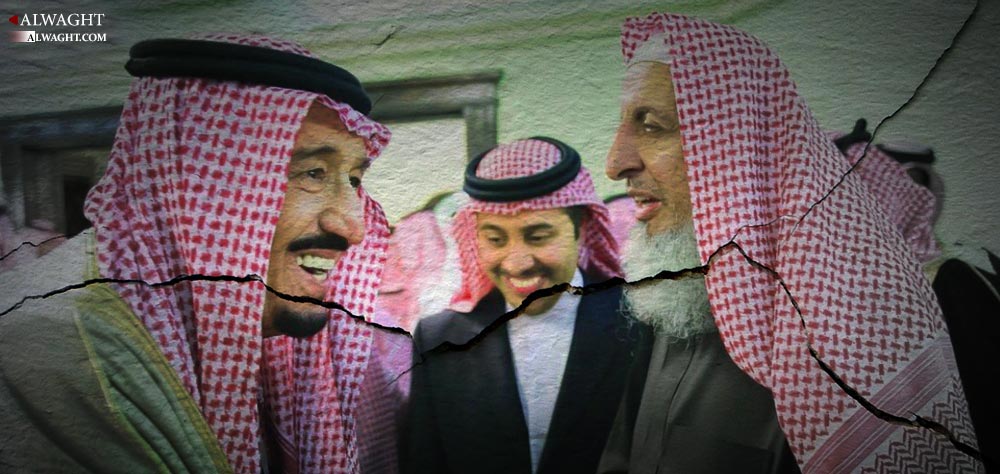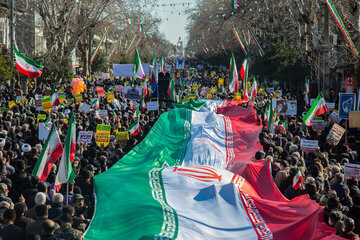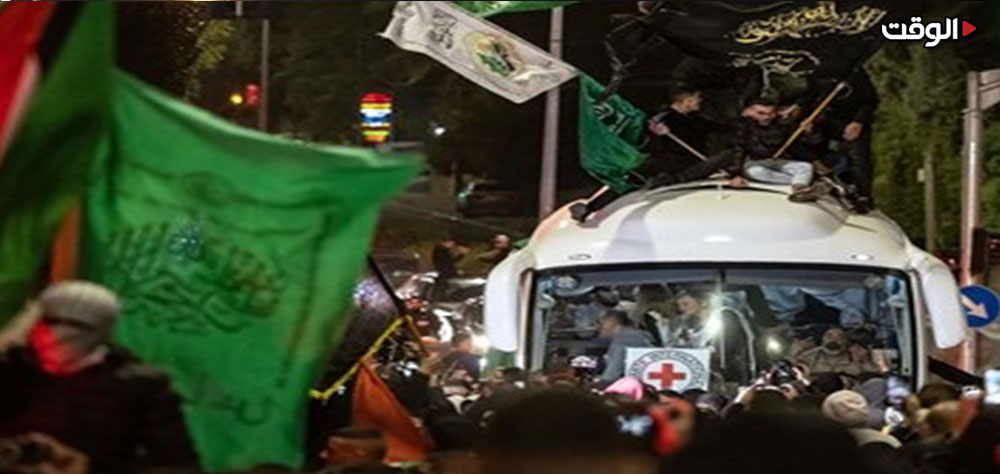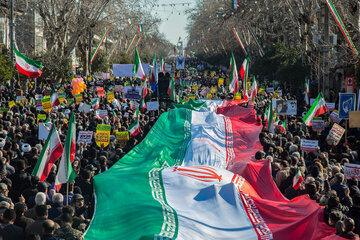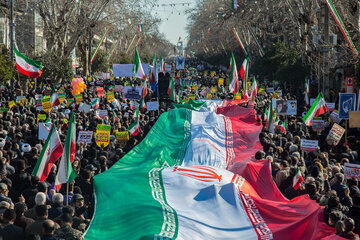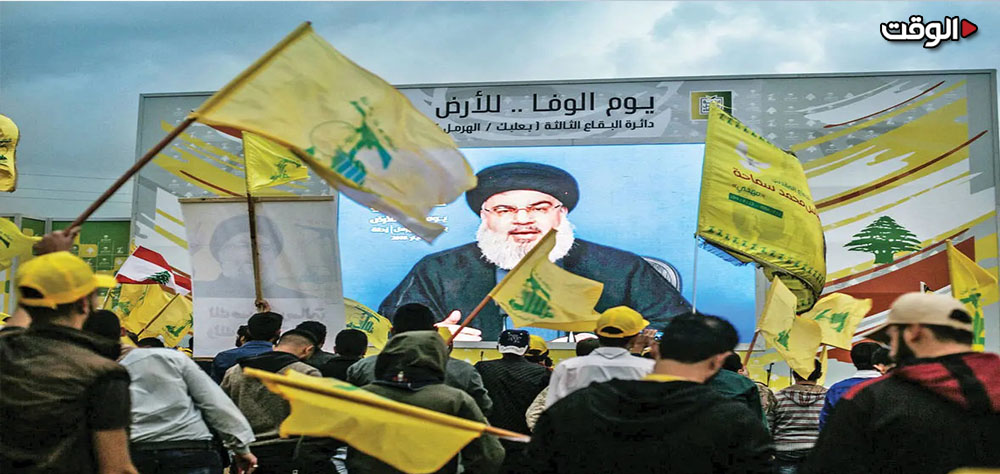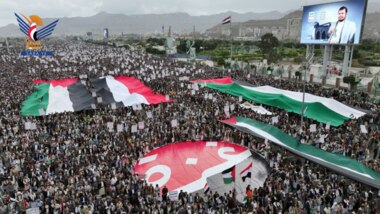Alwaght- The history Al Saud (House of Saud) is very complicated and has gone through three phases The current regime that was established in 1932 was proceeded with two others which failed to live on for a set of reasons.
Emirate of Diriyah (1744-1818) was first Saudi state that was founded in territories that included most of the territory of modern-day Saudi Arabia. However, the regime’s foreign policy was highly sectarian, which drew opposition from its contemporary powers in the region.
Muhammad ibn Abdul Wahhab and his descendants, a group of hardline and fundamentalist religious men, have played a significant role in Saudi rule during this period.
The state was collapsed after an attack by Muhammad Ali Pasha, the governor of Egypt who represented the rule of the Ottoman Empire in Egypt and Sudan, as the Ottomans found the Saudis politically non-compliant.
The Emirate of Nejd was the second Saudi state (1824–1891) that was marked with continuous infighting and the dominance of Wahhabism. Wahhabism's ideology was so decisive that resulted in domestic divisions which led to the state’s fall.
Then came Abdulaziz ibn Saud, who since 1902 started a campaign of seizing vast tracts of the Peninsula, including Riyadh. Until 1925, he completed his territorial seizures. His pressing ahead culminated in wresting the whole Hijaz region from the rivals and announcing establishment of the Saudi kingdom in 1932.
In the third period backed by Wahhabism Abdulaziz managed to tighten his grip over large parts of Hijaz which gave him adequate leverage to announce a monarchy there. The Wahhabism played the role of an ideological patron for the Saudi state since its declaration. Understanding a need for strong ideological advocacy for survival, the modern Saudi rulers found Wahhabism as an efficient supporter. Over the past eight decades, the marriage of the Wahhabism and the house of Saud has been the most efficient factor reinforcing the Saudi rule.
The unstated alliance of Al Saud and Al ash-Sheikh, the family promoting Wahhabism, introduced a distribution of duties, with the Al Saud holding the political apparatus and Al ash-Sheikh holding the religious one. They very well in the past decade maintained the alliance and respected the drawn lines.
However after Salman bin Abdulaziz and his son Prince Mohammed bin Salman ascended to power the eight-decade-long order was disturbed. Crown Prince bin Salman has begun a string of social reforms which raise questions about whether the unity will hold in the future. In Prince Mohammed-led reformation movement, three areas of the youth, women, and religion run counter to the entrenched order of Wahhabism. This has been the source of speculation about possible confrontation of the political and religious apparatuses. After all, his emphasis on giving a moderate Islam a chance to dominate in the kingdom as well as granting some rudimentary freedoms to women rendered many Fatwas (religious verdicts) of the Wahhabi muftis null and void. King Salman in a restrictive move cut powers of the once-strong Committee for Promotion of Virtue and Prevention of Vice, directly operating under the religious apparatus, and banned it from meddling into the people’s private affairs.
These moves very well questioned the Al Saud-Al ash-Sheikh alliance strength. Washington Post has shed light on the emerging gap in the relationship of the two, wondering the apparatuses alliance is coming to an end. But where does this alliance go? Should we conceive of a future Wahhabism standing face to face with the Al Saud rulers? There are a series of scenarios for their prospective relations.
The First scenario could be that the Wahhabism will come to terms with Mohammed's reforms. In this case, Saudis should expect a fine-tuned version of Wahhabism in the Arab monarchy.
The second scenario could be that the Wahhabi muftis chose to be silent in dealing with the reform movement. This takes adoption of a policy of toleration. This strategy will be temporary and will prevail until coming to rule of a pro-Wahhabism ruler.
The third scenario has to do with armed confrontation fueled by objection to the reforms. The country saw such an armed rise against the authorities by Juhayman al-Otaibi, the Saudi religious extremist and the former army personnel. This means that massive anti-Al Saud action is not unlikely.
The fourth scenario foresees a possibility of defections among the Wahhabi groups. In this case, some anti-reform muftis might end up coalescing with the anti-Al Saud scholars.
The present form of Wahhabism is, however, a tweaked version. In fact, Saudi Arabia is now witnessing a kind of state Wahhabism. Now the Wahhabi muftis, embarking on a pragmatic approach, are doing their best to save power. Over years, the various Saudi kings crossed the red lines set up by the religious circles but have never faced a strong response. The Wahhabis know that without Saudi royals' support, they have no chance of holding the power.
Therefore, a mix of the first and second scenario is highly likely to take place. This will mean that the religious apparatus will be in good terms with bin Salman's social reforms to gain power whenever it gets a chance. A strong religious structure will gradually work on restoring the abandoned principles. This Al ash-Sheikh's policy over the course of past 80 years of the life of the kingdom has provided the Wahhabism with an instrument of survival. The Council of Senior Scholars has supported bin Salman’s measures, including the lifting of the ban on women driving. The same council before the royal decree deemed the women driving as religiously outlawed.


